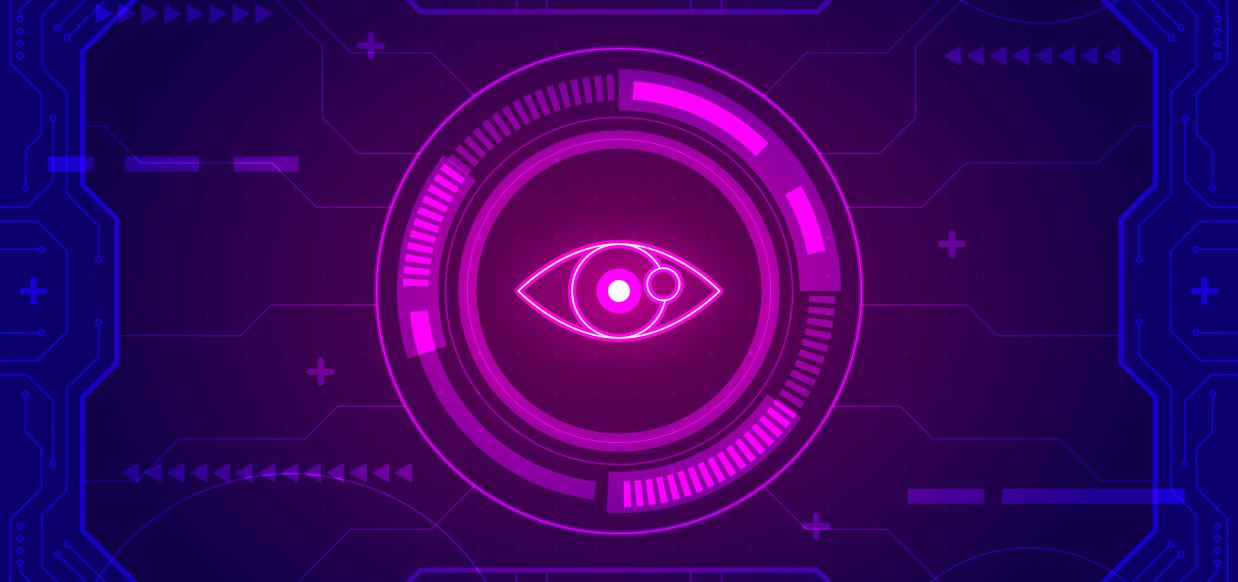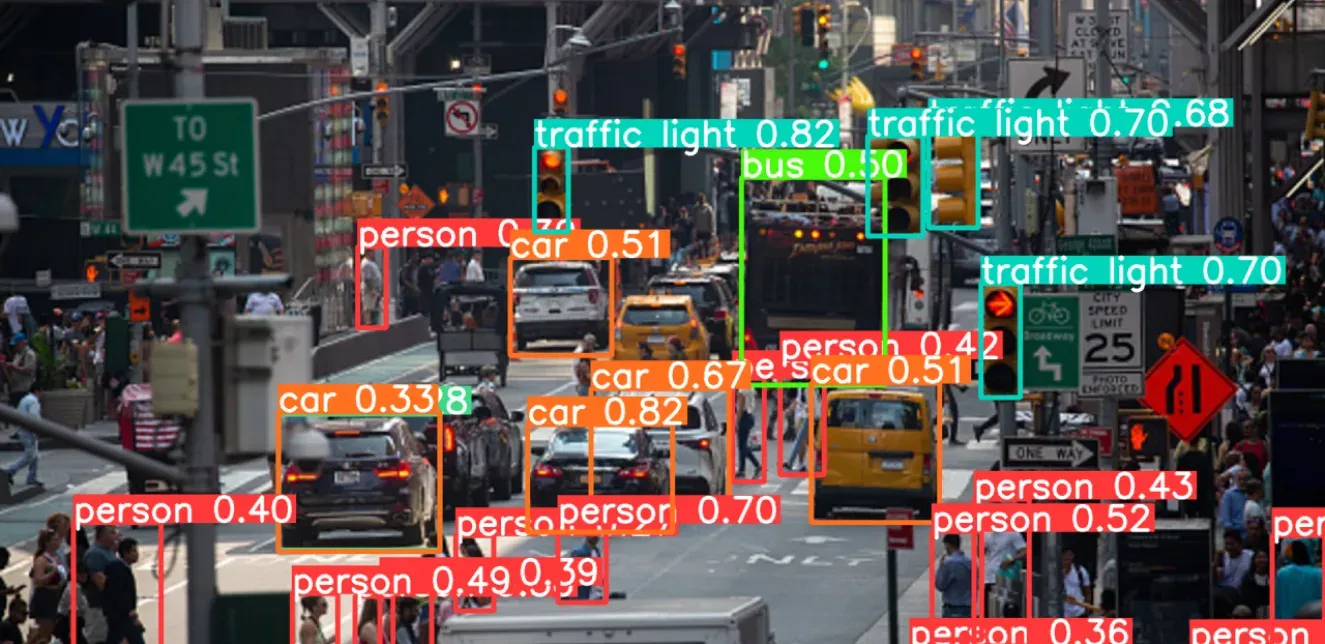Imagine you're asked to name objects you find on a beach. Your immediate response might include elements like sand, waves, umbrellas, and beach chairs. Human vision perceives the three-dimensional structure of the world at ease.
Computer vision is one of the fields of artificial intelligence that trains and enables computers to understand the visual world. It seeks to replicate both the way humans see, and the way humans make sense of what they see. It incorporates AI, machine learning, and deep learning to enable computers to see videos and images for extracting certain pieces of information from them to solve a certain task. This helps it to accurately identify and classify objects and react to them.
Benefits of Computer Vision
Computer vision technology offers diverse AI applications and services across industries including supply chain, logistics, automotive, retail, and pharma. By integrating artificial intelligence and advanced image recognition systems to automate visual tasks, it accelerates decision-making processes, minimizes errors, and transforms business operations.
Computer Vision Automates Repetitive Tasks with Superior Efficiency
Advanced Precision in Visual Data Analysis
Computer Vision Delivers Transformative Cost Savings for Businesses
One of the most transformative aspects of computer vision is its ability to deliver significant cost savings. Computer vision allows systems to identify and resolve issues early, reducing the risk of escalation and driving significant cost savings and resource optimization for a high Return on Investment (ROI). For example, in supply chain management, Intel implemented computer vision to enhance warehouse operations, eliminating the need for multiple layers of manual validation. Their solution utilized a pilot workstation equipped with four Logitech cameras to capture every angle of a box, feeding the data into a computer for real-time analysis. The system generated instant 'inferred' results, leading to rapid box inspection and disposition within milliseconds. This cost-efficient approach saved Intel $4 million in the first year alone.
Improved Decision-Making Processes With Advanced Data Analytics
Enhanced Customer Experience with Personalized Service Management
Utilizing computer vision allows businesses to personalize products and services based on individual customer preferences and behaviors, leading to an improved customer experience and stronger loyalty. Amazon’s Just Walk Out technology is a prime example, seamlessly combining computer vision, image recognition, object detection, advanced sensors, deep learning, and generative AI to remove the need for checkout lines in retail stores. Shoppers can simply pick up items and leave without waiting to pay, as specialized cameras integrated with computer vision accurately track who takes which items and automatically charges them. This innovation has boosted throughput in Amazon’s busiest locations, reducing crowding and ensuring a smoother customer experience at peak times.
Effective Safety Management by Preventing Potential Threats
As a groundbreaking technology, computer vision operates at the intersection of artificial intelligence, machine learning, and neural networks. It mimics human vision by enabling computers to perceive, analyze, and intelligently respond to visual data from images and videos. This technology surpasses the limitations of human vision, driving new levels of efficiency and opening up expanded possibilities across industries.
Transform your business with advanced AI services and solutions from Random Walk! Explore our comprehensive suite of AI solutions, including computer vision, safety monitoring, and image recognition, to optimize your operations and drive growth. Visit the Random Walk website for a one-on-one consultation to know more about AI integration, AI services and computer vision AI.






